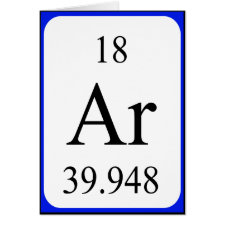
Authors: Zia AI, Rao A, Mukhopadhyay SC
Publication date: 2016
Chapter title: Molecularly Imprinted Impedimetric Sensing of Phthalates: A Real-Time Assay Technique.
Chapter number: 3
Page numbers: 55-79.
DOI: 10.1007/978-3-319-21671-3_3
Book title: Next Generation Sensors and Systems
Editors: Mukhopadhyay SC
Publisher: Springer
ISBN: 978-3-319-21670-6
Series title: Smart Sensors, Measurement and Instrumentation
Volume number: 16
Abstract: Phthalates are the most ubiquitous chemicals that are used as plasticizer in almost every plastic product manufacturing including food packaging, toys, and pharmaceutical consumables. The carcinogenic and teratogenic nature of these synthetic chemicals has been well cited in published research as a potential health threat for all living beings on earth. Contemporary phthalates detection techniques require high level of skills, expensive equipment and extended analysis time as compared to the rapid assay method presented in this chapter. A real-time, non-invasive detection of phthalates was performed by employing electrochemical impedance spectroscopy technique incorporating an enhanced penetration depth interdigital capacitive transducer. A research was conducted to investigate the application of pre-concentration extraction polymer with molecular imprinted recognition sites as an analyte sensitive coating for the sensor to introduce molecular selectivity for di (2-ethylhexyl) phthalate molecules. Self-assembled monolayer with embedded imprinted polymer was used to functionalize the sensing surface in order to capture phthalate molecules spiked in the water samples and commercial drinks. Equilibrium rebinding experiments were conducted to demonstrate the adsorption capabilities of the molecular imprinted polymer coating. Impedance spectra were obtained over a frequency range by applying frequency response analyzer (FRA) algorithm to observe impedance change that occurred for various concentrations of the analyte. Complex nonlinear least square (CNLS) curve fitting spectrum algorithm interpreted the experimentally obtained impedance spectra into electrochemical equivalent electric circuit and corresponding parameters. Analysis of the equivalent circuit was used to explain the kinetics of chemical bindings taking place at the electrode-electrolyte interface in the electrochemical cell in terms of electrical component parameters. The results from the proposed detection system were validated by high-performance liquid chromatography (HPLC-DAD)
Template and target information: phthalates, di(2-ethylhexyl) phthalate



Join the Society for Molecular Imprinting

New items RSS feed
Sign-up for e-mail updates:
Choose between receiving an occasional newsletter or more frequent e-mail alerts.
Click here to go to the sign-up page.
Is your name elemental or peptidic? Enter your name and find out by clicking either of the buttons below!
Other products you may like:
 MIPdatabase
MIPdatabase









